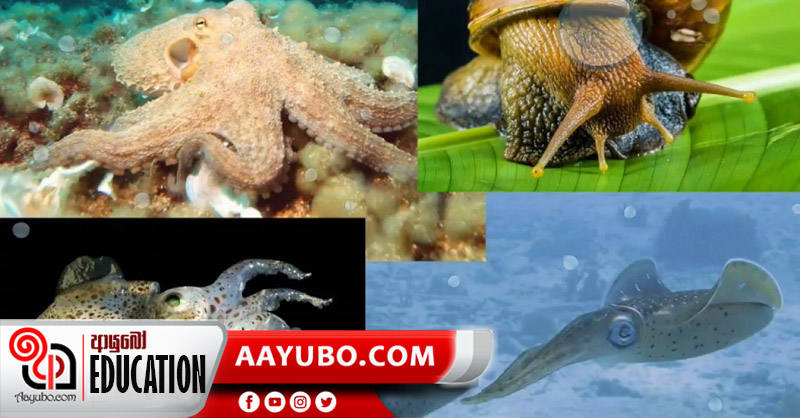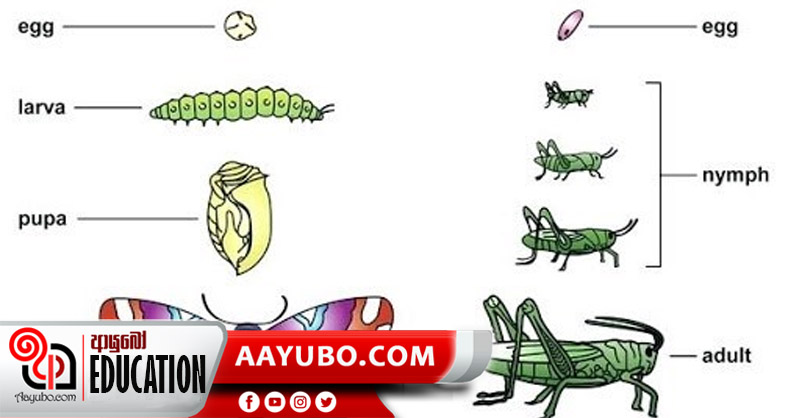Grade 8 Science : Life Cycles of living organisms - Part 3

Life Cycle of a frog
As we have already studied about complete and incomplete metamorphosis we shall now explore the life cycle of frogs in detail. Frogs belong to the group of vertebrates and they are cited as amphibians who are able to live on land or in water. They exhibit complete metamorphosis throughout the stages of their life cycle. A frog faces four stages of life where it is subjected to several morphological changes as it grows. Frogs lay tiny fertilized eggs in water and these eggs consist of a moist cover. These eggs typically float on water as egg masses. When these eggs are hatched, the tadpoles that possess gills with an appearance similar to that of fish are born. The tadpoles exist in water and they respire through the gills. They do not have any legs to move. However they swim and take aquatic plants as food. At this stage, they are herbivorous and they grow for a few weeks.
The tadpole then grows in to a froglet or a young frog where the body of the tadpole reduces in order to form legs. The froglets will resemble a tiny version of an adult frog, the long tail of the tadpole gets gradually shorter during this stage. The nutrients that are stored in the tail are utilized for its survival and it begins to hop out of water on to dry land at this stage. The froglet grows for around four weeks to become an adult. The adult stage features well developed back/hind legs that facilitate locomotion and the tail disappears. An adult frog possesses lungs for respiration and it typically feeds on insects. As an amphibian, a frog shreds its skin. The adult female frogs are able to lay eggs through which their life cycle starts again.
by Mekhala Egodawele
Photo Source : Internet
1827 Views








Comments